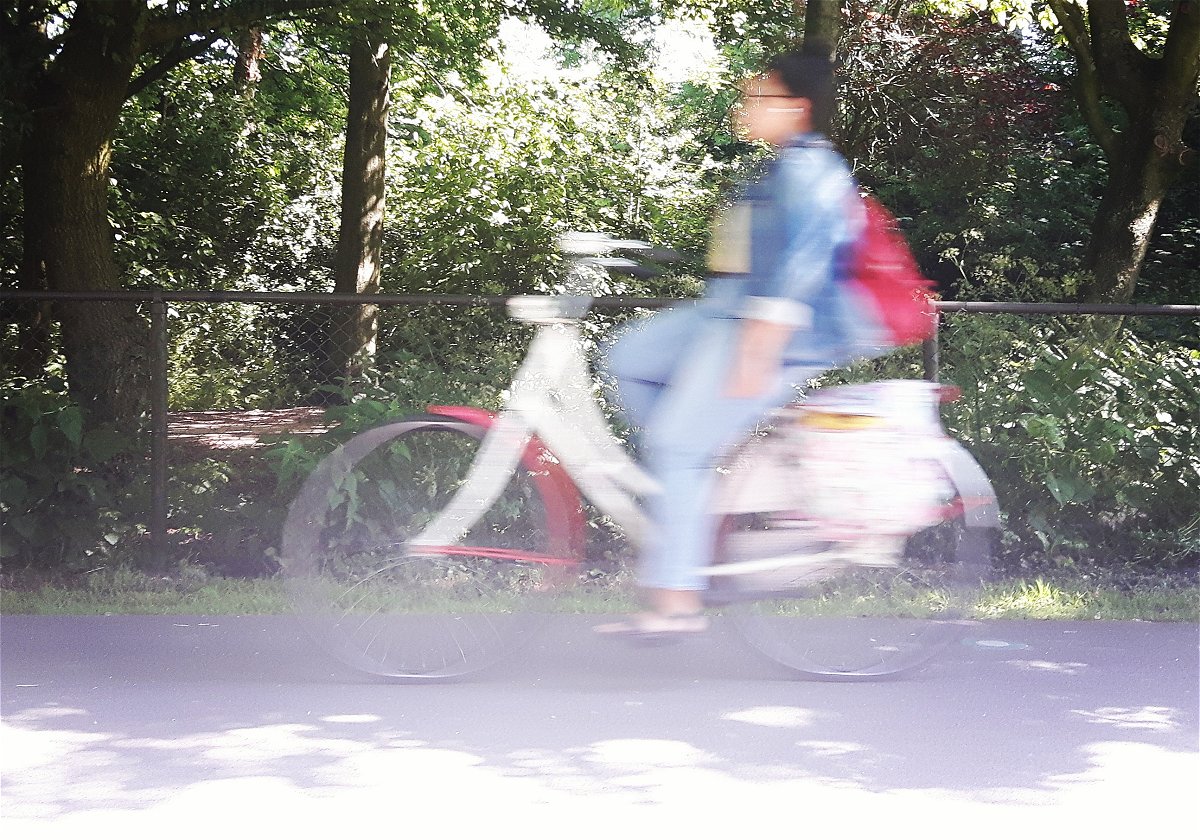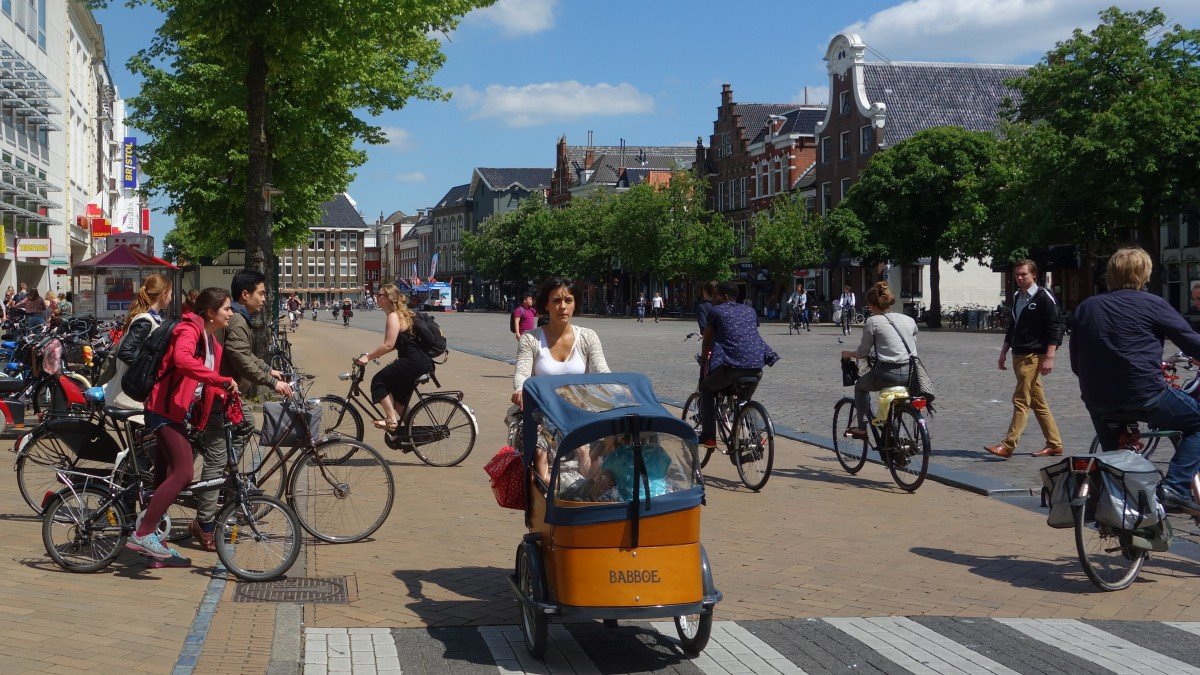Cross-industry innovation
Joost de Kruijf: Researcher in Urban Intelligence at NHTV Breda University of Applied Sciences (2006-2020). PhD candidate in E-cycling experience and behavioural change at Utrecht University. Co-founder of Cycleprint and Cyclespex. De Kruijf isn’t the biggest fan so to say about blindly exporting (copy-paste) Dutch cycling across the world. Instead, we should look at cultural, spatial and for example political differences to adjust the concept or solution before pasting it (11 juli 2017).

Cross-industry innovation: Copy – adjust – paste
Why copy-paste can be a good thing! Last week I caught myself on a mistake I made which I try to prevent students and my colleagues from making in their work. I’m not the biggest fan so to say about blindly exporting (copy-paste) Dutch cycling across the world. Instead, we should look at cultural, spatial and for example political differences to adjust the concept or solution before pasting it. The strange thing for me is that in the case of cycle infrastructural investments it might sometimes be better to do so. An enthusiastic group of international students participating in the ‘Planning the Cycling City’ summer school and perspectives helped me getting some pieces of the cycling puzzle into place. It made me realize that these international perspectives enriched the cycling expert judgement already about cycle highway planning.
First, I’m happy to see that my previous blog on cycling expert judgement evoked quite some interesting comments. One of them addressed the fact that a lot of interesting issues where raised but lacked proper answers! As co-founder of Cycleprint, I can say that we have been working on the increase of quantitative cycling information to add to and enhance the existing range decision-supporting policy instruments, on many of the questions we do not have the answers ready yet. The translation of GPS-data into cycle network performance is just the first step in better understanding urban cycling. Our collaboration with BikeCitizens opens the opportunity for many cities to explore current and future usage of the cycling network.
Back to my ‘copy-adjust-paste’ mistake: in the EU-project CHIPS (Cycle Highway Innovation for smarter People transport and Spatial planning) the design of the future cycle highway is one of the key topics amongst several others. My first belief was that copying the Dutch cycle highway design standards and paste them into the international context would be excessive related to the limited cycling volume. My inner ‘traffic forecast modelling specialist’-voice in me questioned: why build a four-meter-wide, red (or blue) paved, fully lighted cycle highway in cities where cycling is still regarded as a fringe activity? It saves money and the infrastructure will fit the demand. Drawing the parallel to car infrastructure planning, where capacity and delay dominate, one lane of one meter per direction should be satisfying for the first couple of years.
These thoughts go completely against my current knowledge and beliefs that cycling is so much more than travel time and accessibility. The problem was that arguments from the international context to mitigate the capacity issue lacked in my perspective together with practical day to day examples from abroad. Why should we build the perfect cycle highway at once and commit to copy-paste Dutch cycle highway standards? From the political perspective, the argument was that once policy had invested in cycle infrastructure the request for enlargement would be futile. Next, from the cultural perspective the example was raised that abroad the Mamil (Middle Aged Men In Lycra) dominates the cycle path. Some of them have difficulty allowing other cyclists to travel with a slower pace, who either enjoy the scenery or cycle together. To facilitate nice infrastructure for everybody and facilitate speed differences more lane width is a precondition. Finally, the natural environment and particularly the hilliness was mentioned with the big speed differences going up and down hill. The discussion with the students made me again realize that planning cycling infrastructure is a specific domain itself.
This example of the future cycle highway, for me, answers the question whether cycling expert judgement becomes more a field of cooperation between different specialists instead of individual cycling professionals. It also combines the power of the emerging technologies and existing (local) cycling knowledge. Encouraged by the positive reactions on our work at Velo-City in Arnhem-Nijmegen, we would like to call for collaboration to explore the cycling behaviour data and possible links to adjacent domains.

Verantwoording
De Fietscommunity (2013-2024) was een project om fietskennis te versterken en te delen. De Fietscommunity werkte onder auspiciën van Platform31 (2013-2021) en de Dutch Cycling Embassy (2022-2024). Het archief van de Fietscommunity wordt sinds 2025 gehost door Favas.net en beheerd door RVDB Urban Planning.
Informatie over de archivering:
robvanderbijl@favas.net
De Cycling Community en Favas.net hebben er alles aan gedaan om de makers van externe afbeeldingen en foto’s te traceren. Alle teksten en afbeeldingen © 2013-2025 Favas.net / RVDB Urban Planning.


